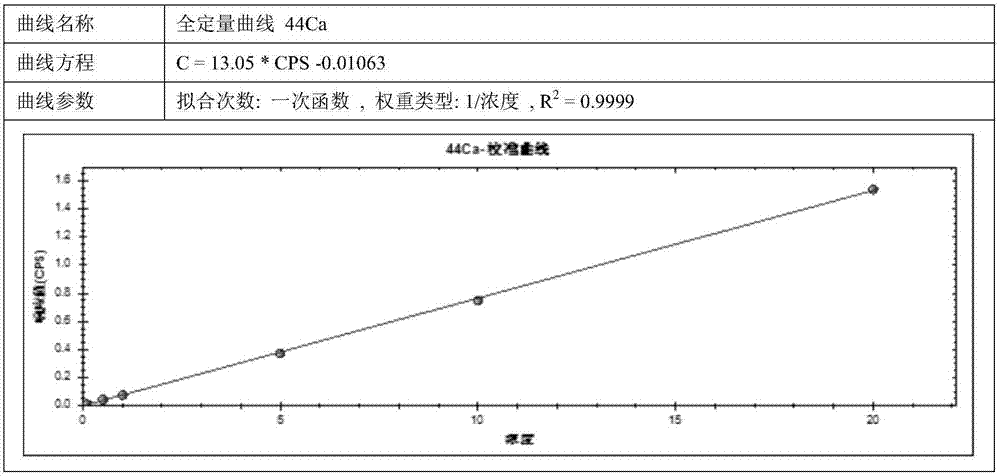Kit for determining trace elements in human urine
A technology of trace elements and reagent kits, applied in measuring devices, material analysis through electromagnetic means, instruments, etc., can solve the problems of complex collection and pretreatment methods, huge differences in organic matter in contents, and increase the difficulty of procurement, etc., to achieve The processing method is fast, the running cycle is short, and the effect of reducing random errors
- Summary
- Abstract
- Description
- Claims
- Application Information
AI Technical Summary
Problems solved by technology
Method used
Image
Examples
Embodiment 1
[0088] Embodiment 1, urine collection and pretreatment
[0089] The urine pretreatment process is as follows: Figure 22 shown.
Embodiment 2
[0090] Embodiment two, the preparation of urine trace element assay kit
[0091] 1. Preparation of diluent
[0092] Add 10mL of original nitric acid, add ultrapure water to make up to 500mL, and mix well to obtain the diluent.
[0093] 2. See Table 1 for the preparation of the mixed standard solution.
[0094] (1) Standard material: single standard liquid calcium, magnesium, iron, copper, zinc, selenium, aluminum, vanadium, chromium, manganese, cobalt, nickel, arsenic, molybdenum, cadmium, tin, antimony, barium, mercury, thallium, lead (1000mg / L, National Nonferrous Metals and Electronic Materials Analysis and Testing Center); potassium iodate (1000mg / L, National Standard Materials Research Center).
[0095] (2) Prepare the winning standard solution: diluent, ultrapure water, standard solutions of 21 single elements, see Table 2.
[0096] Table 1 Preparation method of standard solution
[0097]
[0098] Table 2 Preparation method of the standard solution
[0099] ...
Embodiment 3
[0109] Embodiment three, the impact of nitric acid volume concentration on detection result in diluent
[0110] 1 Instrument and working parameters
[0111] In this paper, Clin-ICP-QMS-I was used for elemental analysis, and the basic parameter settings of the instrument are shown in Table 4.
[0112] Table 4 Instrument conditions of Clin-ICP-QMS-I
[0113] parameter set up RF power 1450w cooling air 14L / min Auxiliary gas 0.95L / min atomizing gas 1.05L / min pump speed 30rpm Spray chamber temperature 2℃ sampling depth 3.68mm scan mode peak jump number of channels 3 dwell time 10ms scan times 10
[0114] Since the collision reaction cell can significantly help to reduce interference and improve the detection limit. Therefore, for calcium Ca, magnesium Mg, tin Sn, antimony Sb, iodine I, barium Ba, mercury 201Hg, thallium 205Tl, lead 208Pb, the standard mode is used; for iron Fe, copper Cu, zin...
PUM
 Login to View More
Login to View More Abstract
Description
Claims
Application Information
 Login to View More
Login to View More - R&D
- Intellectual Property
- Life Sciences
- Materials
- Tech Scout
- Unparalleled Data Quality
- Higher Quality Content
- 60% Fewer Hallucinations
Browse by: Latest US Patents, China's latest patents, Technical Efficacy Thesaurus, Application Domain, Technology Topic, Popular Technical Reports.
© 2025 PatSnap. All rights reserved.Legal|Privacy policy|Modern Slavery Act Transparency Statement|Sitemap|About US| Contact US: help@patsnap.com



